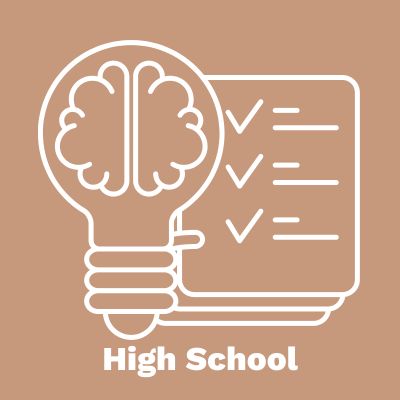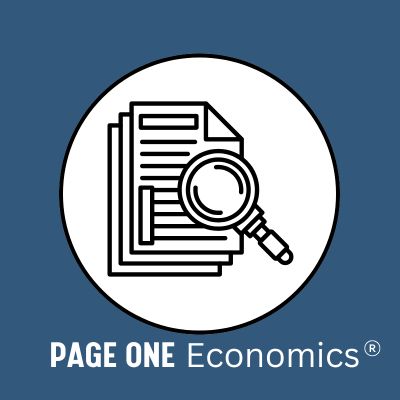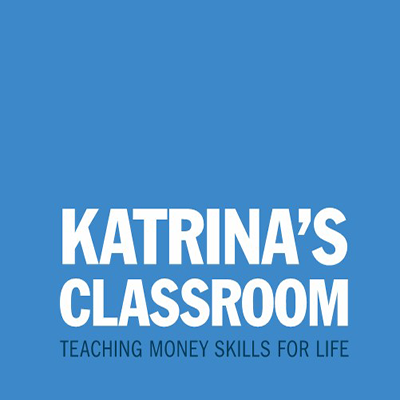10 Tips to Get More From Your Paycheck
See 10 tips on how to analyze your paycheck.
{{searchResultSnippet}}
 Back to All
Back to All

In this lesson, students learn about factors that make various taxes different: bases, rates, structures, methods of collection, and level of government. They learn a simple information about four common types of taxes.

10 Tips to Get More From Your Paycheck
See 10 tips on how to analyze your paycheck.

Soft Skills
Understand the importance of academic preparedness, soft skills, and professionalism.

Building Human Capital | It's Your Paycheck Lesson 1
Identify the link between investment in human capital and earning income.

Your Social Security Number: The 9-Digit Evolution
Look at the history of social security.

Evaluating Careers
This activity uses a decisionmaking chart to research career options.

Katrina's Classroom
Katrina's Classroom: Teaching Money Skills for Life is a four-part curriculum unit designed for personal finance-related high school classrooms.

Making Personal Finance Decisions Curriculum
Teach valuable personal finance lessons grounded in economic theory.

The Wealth Game—Factors for Success (Lesson 1A)
After playing a game simulating wealth creation, students reflect on determinants of wealth: natural abilities, effort, motivation, and luck.

Making Choices and Identifying Costs (Lesson 1B)
Introduce the PACED decisionmaking model.

The Inventory Game—Net Worth and Cash Flow (Lesson 2A)
Learn about net worth, cash flow, and the relationship between them.

Meeting Financial Goals—Rate of Return (Lesson 2B)
Show the two ways that investments can earn a return.

Investing in Yourself (Lesson 3A)
Demonstrate the importance of human capital.

Entrepreneurship—Working for Yourself (Lesson 3B)
Learn about common traits of entrepreneurs.

What Are Taxes For? (Lesson 4A)
Explain why the government provides some goods and services.

Making a Budget—It Is All Spending! (Lesson 5A)
Discover that all elements of a budget are essentially spending on goods and services.

Budget Trade-Offs—A Penny Here and a Penny There (Lesson 5B)
Illustrate that budgeting is really an allocation problem.
{{resourceTitle}}
{{resourceBlurb}}